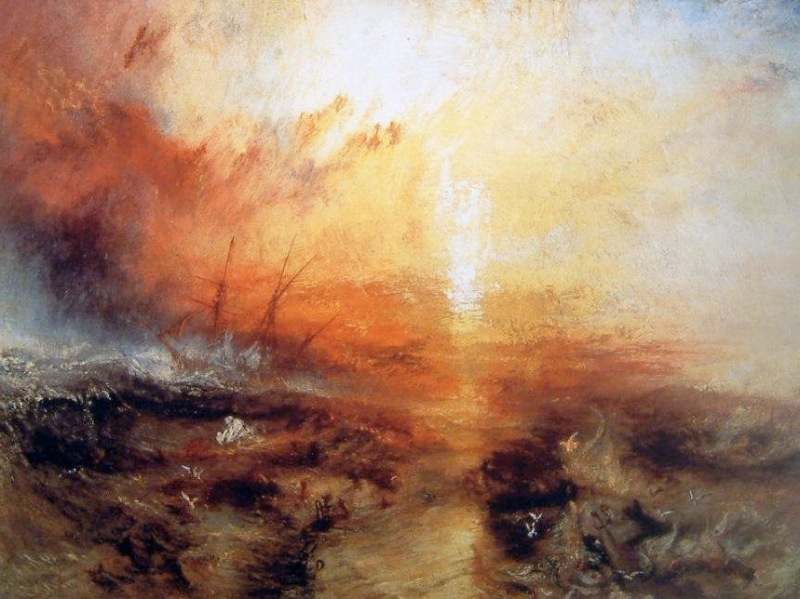JMW TURNER
A Paddle-steamer in a Storm (detail) J. M. W. Turner
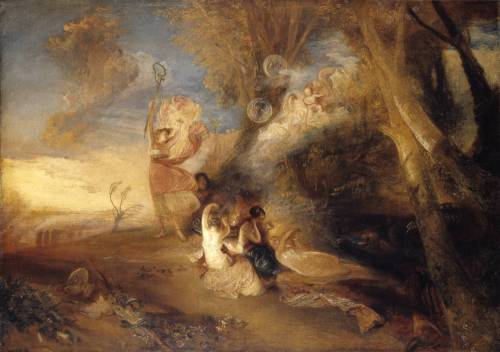
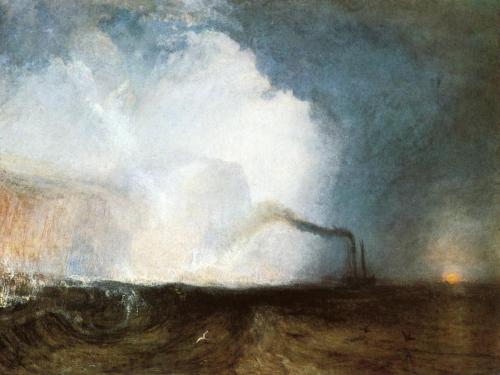
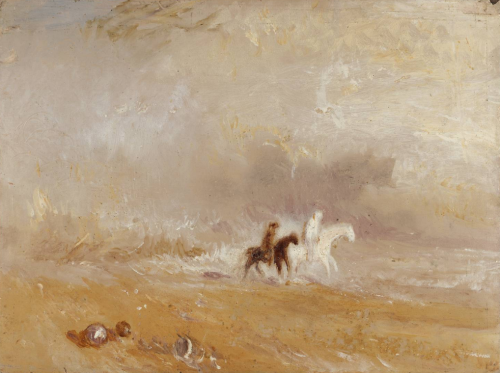
peril:
Riders on a Beach (c.1835), Oil on board, Tate Britain, London | artwork by Joseph Mallord William Turner

srpicken:
Turner from the Tate (by ArtGalleryOfSA)
Saw this recently - bold, inspirational and powerful. A privilege to see Turner’s original works.
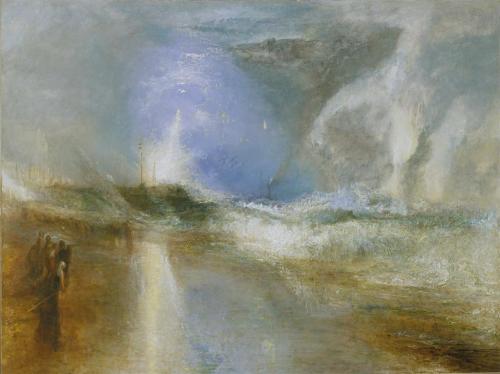
kecobe:
Joseph Mallord William Turner (British; 1775–1851)Rockets and Blue Lights (Close at Hand) to Warn Steamboats of Shoal Water
Oil on canvas, 1840
Sterling and Francine Clark Art Institute, Williamstown, Massachusetts
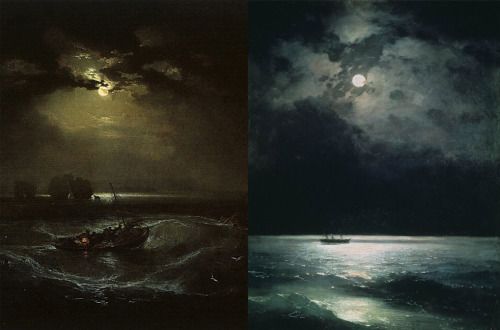
repeals:
Turner, Fishermen at Sea │Aivazovsky, The Black Sea at Night(Source: ambervallettasforehead)
mucholderthen:
THREE LATE PAINTINGS BY TURNERJoseph Mallord William Turner [1775-1851]
Paintings of Haunting Absence
As Linda Pastan says - alluding, I think, to the topmost painting - in her poem, “Turner, Late Painting”:
This almost empty
canvas
is sister
to an empty page
just as a poem
enters: white
The poem goes on [read it here], but our attention has been drawn to the the overwhelming sense of absence in these three canvasses. Sunrise with Monsters (on top) was completed in 1845, Approach to Venice in 1844. I can’t find a date for The Exile and the Snail, but it portrays the same haunted emptiness. As in the first painting, there is an orange glow that hints at a dawn.
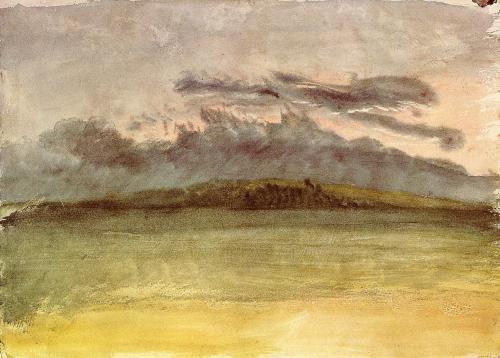
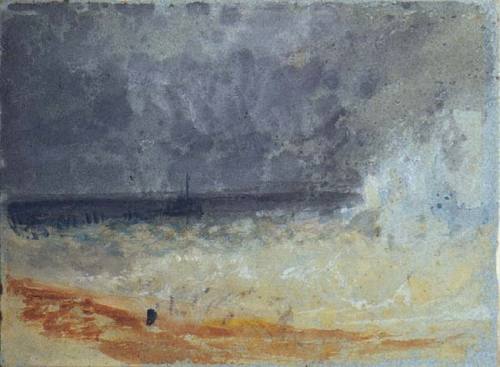
centuriespast:
Joseph Mallord William Turner (English, 1775–1851), Waves Breaking on the Beach. The Morgan Library.(via josephespieldenner)
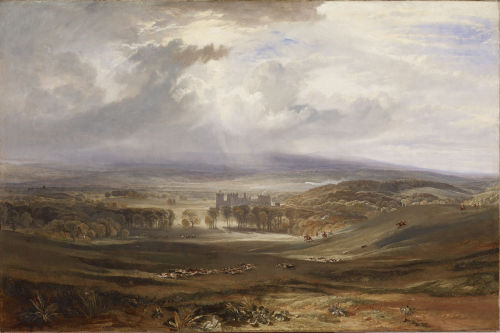
janpadora-box:
Joseph Mallord William Turner “Raby Castle, the Seat of the Earl of Darlington” 1817,oil on canvas.
(via le-desir-de-lautre )

